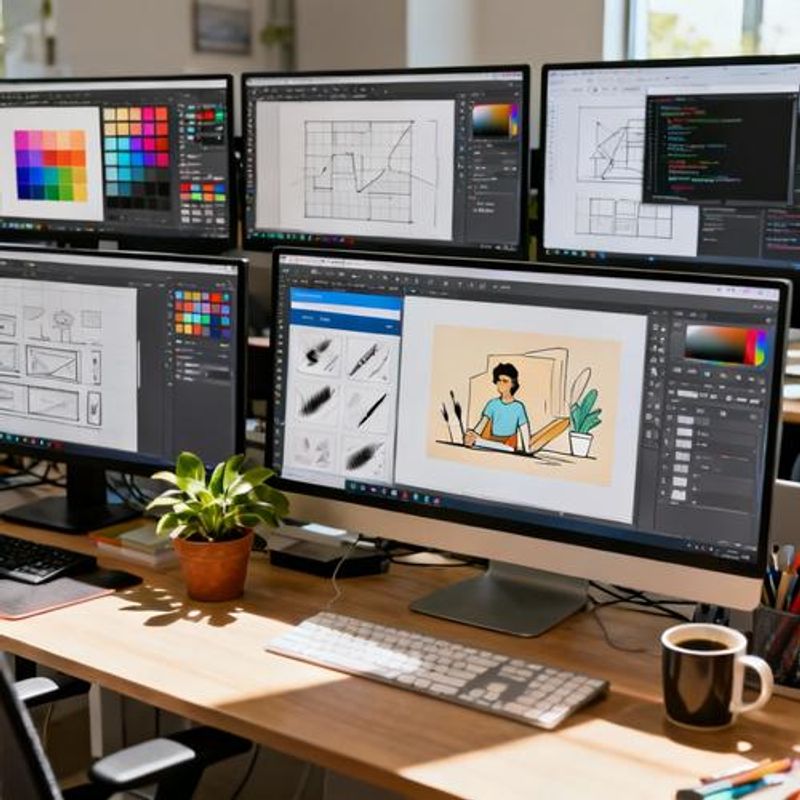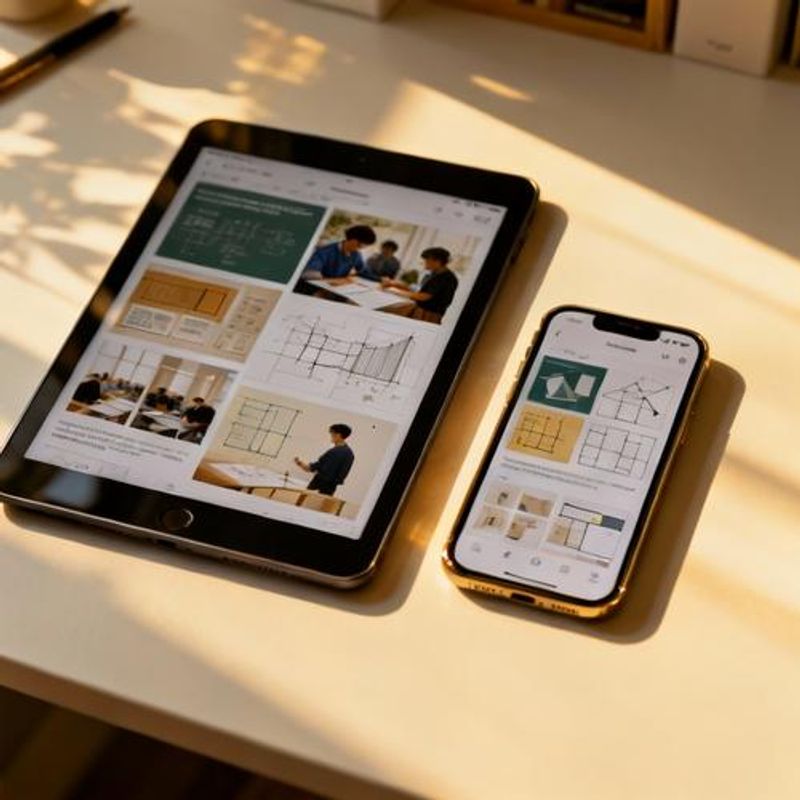Essential Design Tools Online for Students: Your Complete Beginner's Guide to Digital Design

Starting your design journey as a student can feel overwhelming, especially when faced with expensive software and complex tools. The good news? You can access powerful design tools online that rival professional software – many completely free. This guide reveals the essential online design tools every student needs, helping you create stunning visuals, build portfolios, and develop professional skills without breaking the bank.

Why Online Design Tools Matter for Students
Traditional design software often requires expensive licenses and high-end hardware that students simply can't afford. Online design tools solve these barriers by offering cloud-based solutions that work on any device with an internet connection. Whether you're studying graphic design, marketing, or any field requiring visual communication, these tools provide the foundation for professional-quality work. The main challenges students face include limited budgets, need for collaboration features, and requirement for tools that work across different devices and locations.
Quick Overview: Top 5 Categories of Online Design Tools
Before diving deep, here are the essential categories every design student should know:
- All-in-one graphic design platforms (like Canva and Figma) for posters, presentations, and social media
- Vector illustration tools for logos and scalable graphics
- Photo editing and enhancement platforms
- Web and UI/UX design tools for digital interfaces
- Color, typography, and asset resources for design inspiration

Essential All-in-One Design Platforms
Canva remains the most accessible starting point for design students, offering thousands of templates for presentations, posters, and social media content. The free tier provides ample functionality for most student projects. Figma excels for collaborative work and UI design, with real-time editing that makes group projects seamless. Adobe Express (formerly Adobe Spark) bridges the gap between simplicity and professional features, especially valuable if you plan to use other Adobe products later. Each platform offers different strengths: Canva for quick, template-based designs; Figma for interface and collaborative work; Adobe Express for brand-consistent materials.
Specialized Tools for Advanced Projects
For vector work, consider Vectr or Gravit Designer, both offering professional vector editing capabilities online. Photo editing needs are covered by Photopea (which mimics Photoshop's interface) and Pixlr for quick edits. Web design students should explore Webflow for visual development and Marvel or InVision for prototyping. Animation can be handled through Lottie editors or simple GIF creators like GIPHY's tools.
Step-by-Step: Setting Up Your Design Toolkit
Start with one primary tool (Canva for beginners, Figma for UI focus). Create accounts using your student email to access educational discounts. Set up cloud storage folders for organizing projects by type and class. Build a bookmark collection of color palette generators (Coolors.co), font pairings (Google Fonts), and free image resources (Unsplash, Pexels). Practice with small daily projects – recreate designs you admire, design social media posts, or create presentation templates for your classes.

Common Mistakes Students Make with Design Tools
Many students try to learn too many tools simultaneously, leading to surface-level knowledge of each. Focus on mastering one primary tool before expanding. Another mistake is ignoring file organization – create consistent naming conventions and folder structures from day one. Students often overlook the importance of understanding design principles, focusing only on tool mechanics. Lastly, many fail to save work in multiple formats and locations, risking project loss when deadlines approach.
Building Your Design Skills: Next Steps
Start today by signing up for one primary design tool and completing a simple project – perhaps a poster for an upcoming assignment or a social media graphic for a personal project. As you build confidence, gradually incorporate specialized tools for specific needs. Remember, the best design tool is the one you'll actually use consistently. Focus on developing your design eye and understanding of principles; the technical skills will follow. Consider joining online design communities, following design blogs, and regularly practicing with personal projects to accelerate your learning journey.